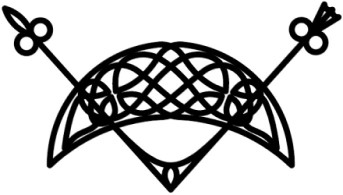One of the major differences between today, and the Early Middle Ages of Europe, is that foods which would have been available are much different. Some foods were discovered in the Americas, and even then, they didn’t gain widespread use in Europe until the Renaissance or later. So the peoples of the Early Middle Ages would have mostly eaten foodstuffs which could be cultivated easily in their local area. Only foodstuffs which could be preserved through things such as salting, or other preservation methods would have been able to be transported and hence traded.
Broad Beans – Also known by the name fava bean, or faba bean this plant is a European native, and has been known since pre-historic times. It was specifically cultivated in England during the Iron Age (800 BCE to 500 CE) and onward.
Typically the beans themselves from the pod are eaten, however, if plants are young, the outer seed coat can be eaten, and in very young plants the seed pod can also be eaten. The plants are particularly hardy, being able to withstand cold and harsh climates, hence being very useful in Europe, especially in the colder areas.
To prepare broad beans, they are removed from the pod, then steamed or boiled to enable their outer shell to be removed. They can also be fried, which causes their skin to split open and they develop a crunchy exterior.
Broad beans have a high carbohydrate amount, but also a good amount of vegetable protein and hence were a staple of lower classes. Indeed, the idiom “not worth a hill of beans” attests to their usage by the poorer folk and their general level of availability.
